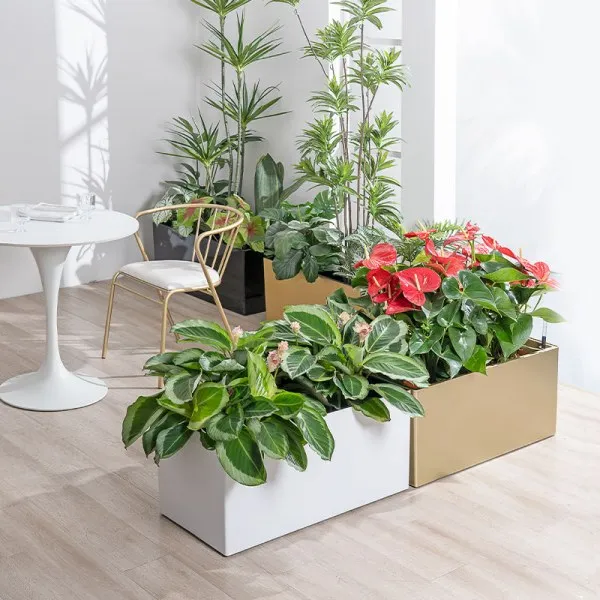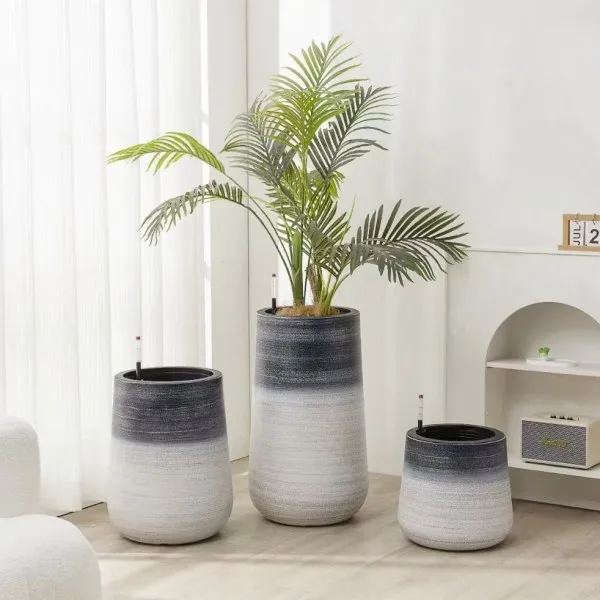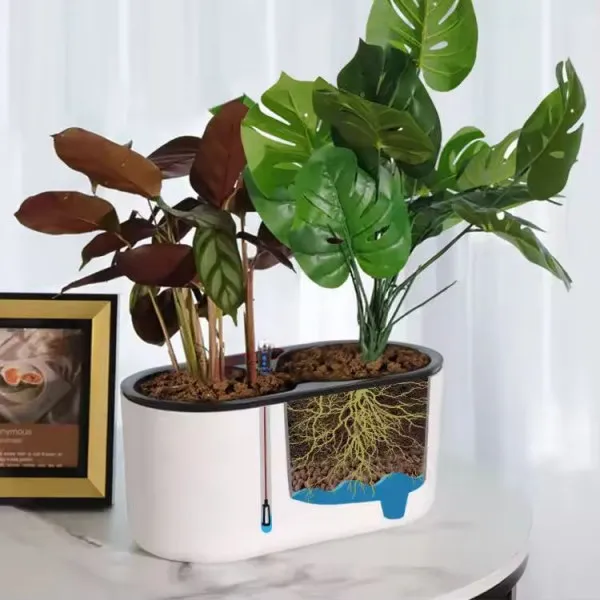
Choosing a self-watering planter is straightforward—focus on scene (indoor/outdoor), size, and reservoir capacity. This guide helps busy gardeners or experts match planters to plants/spaces efficiently, with wickless options for advanced efficiency.

Placement drives design—consider light, weather, and space.


Yes. Finishes like baking and stone provide additional resistance to the elements, making them suitable for outdoor use.
It depends on the size and type of your plant. Typically, planters need refilling anywhere from a few days to a couple of weeks.


Not if designed correctly. The pot separator and drain hole keep roots above standing water, preventing root rot.
Yes—just reduce the wick effect by using a smaller wick or drier soil to avoid overwatering.
Depending on the size, water in the reservoir can last from a few days to a couple of weeks.
Yes, plants still need regular fertilizing. Use liquid fertilizer through the top of the planter as needed.
Rinse the reservoir and wick monthly, and clear any debris or algae from the system to keep it working efficiently.